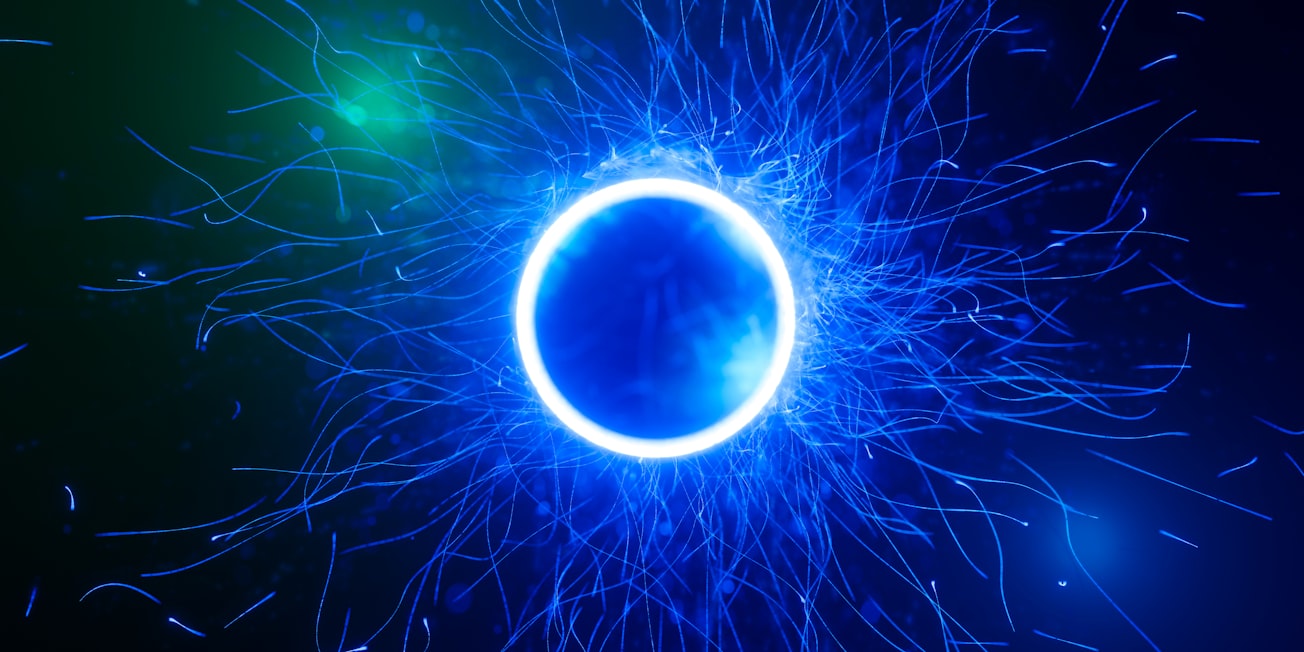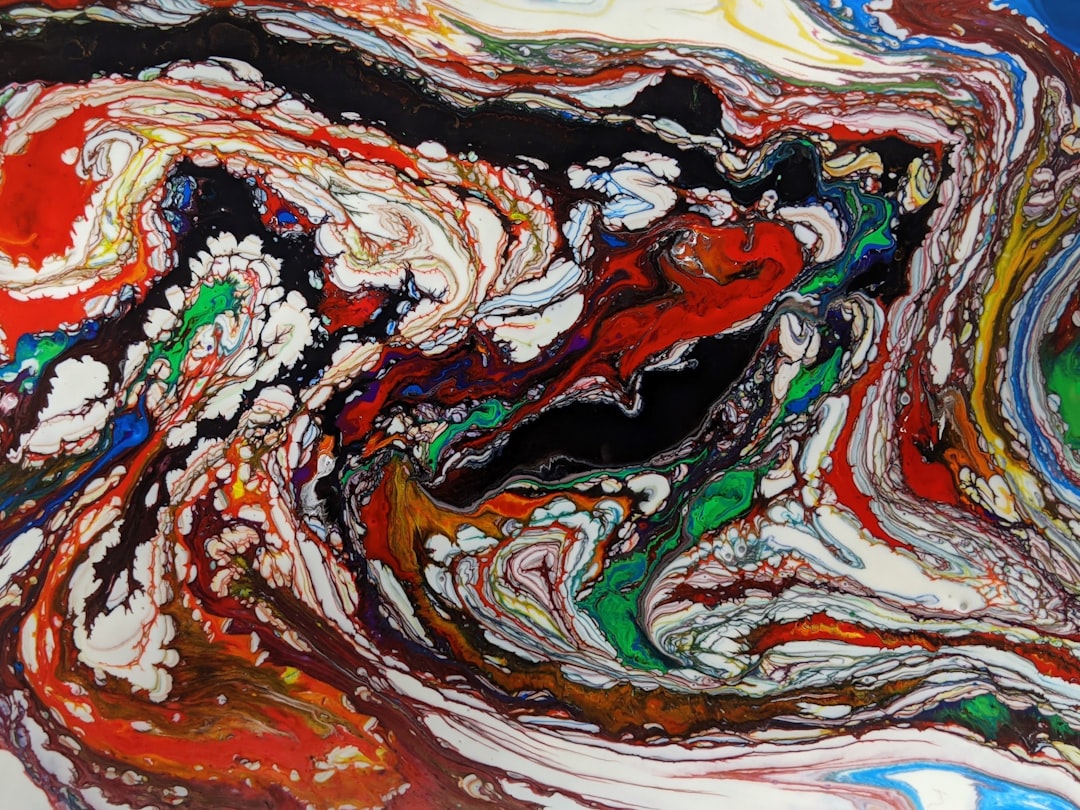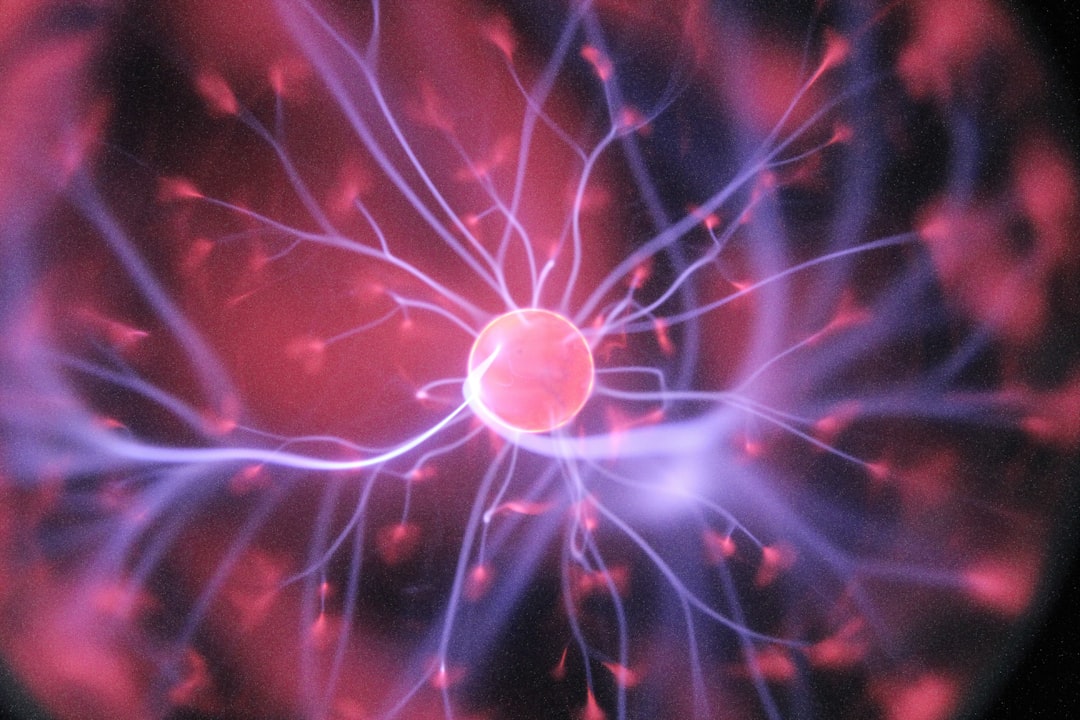What is it about?
Antiferromagnets are a type of magnets where neighboring atomic magnetic moments are antiparallel. Due to this arrangement, the sum of the magnetic moments vanishes, and the material becomes insensitive to external constant magnetic fields. However, recently it became clear that oscillating high-frequency THz magnetic fields are a game changer in the field, as such fields are able to excite magnetic waves in antiferromagnets. In this article, we demonstrate that by exciting these waves in a micrometer-sized layer (or cavity), the properties of the waves are heavily modified. It happens due to the intertwining of the magnetic wave and THz light, which forms a new wave called a “magnon-polariton”. The magnon-polaritons in our experiments are unique as they occur in a situation where both the involved magnetic and light waves are highly coherent in space and time.
Featured Image

Photo by Dynamic Wang on Unsplash
Why is it important?
Antiferromagnets have attracted huge research interest over the past years due to their potential to speed up magnet-based data storage and information processing, such as the spintronics, magnonics, and magnetic hard disk drive, by a factor of a thousand. However, antiferromagnets are notoriously insusceptible to external stimuli, and efficient ways to manipulate their properties are required to implement these materials in commercial devices. Investigating how the size of the cavity modifies the properties of antiferromagnets could herein be of interest.
Perspectives
In this experiment, the modification of the magnetic wave is considered as weak. However, after this paper, it is clear what to do to achieve a “strong-coupling regime” where the impact of the cavity on the wave is expected to lead to even more exotic phenomena. It is thus intriguing if this strong-coupling regime could be reached and how it will show up experimentally.
Thomas Blank
Radboud Universiteit
Read the Original
This page is a summary of: Magneto-optical detection of terahertz cavity magnon-polaritons in antiferromagnetic HoFeO3, Applied Physics Letters, February 2023, American Institute of Physics,
DOI: 10.1063/5.0124503.
You can read the full text:
Contributors
The following have contributed to this page










